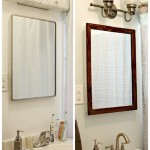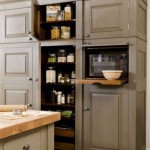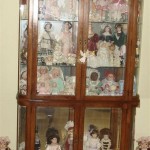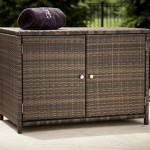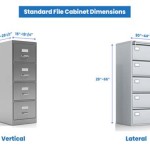The Benefits of Installing Cabinet Cooling Fans on PCBs
Printed circuit boards (PCBs) are the foundation of electronic devices, housing a multitude of components that work together to perform specific functions. As these devices become increasingly complex and powerful, the heat generated by the components on the PCB can pose a significant challenge. Excessive heat can lead to performance degradation, component failure, and even catastrophic system failure. To mitigate these risks, thermal management solutions are crucial, and cabinet cooling fans play a vital role in maintaining optimal operating temperatures for PCBs.
Improved Thermal Performance and Reliability
Installing cabinet cooling fans directly onto PCBs significantly enhances thermal performance and reliability. The fans actively circulate air within the enclosure, creating a constant flow of cool air that effectively dissipates heat generated by the components. This forced convection system prevents hot spots from forming on the PCB, ensuring that all components operate within their specified temperature ranges. As a result, the risk of component failure due to overheating is minimized, leading to improved system reliability and a longer lifespan for the electronic device.
Enhanced Component Lifespan and Performance
Heat can degrade the performance and shorten the lifespan of electronic components. Resistors, capacitors, and semiconductors are particularly susceptible to thermal damage. By efficiently cooling the PCB, cabinet cooling fans protect these components from excessive heat stress. This not only ensures that the components operate at their optimal performance levels but also extends their lifespan significantly. The result is a more robust and reliable electronic device that can withstand the rigors of extended use.
Increased Power Density and System Efficiency
Modern electronic devices are designed to be increasingly compact and powerful, leading to higher power densities on PCBs. This concentration of power generation can result in significant heat buildup, which can limit system efficiency and performance. Cabinet cooling fans address this challenge by facilitating effective thermal management. The forced air circulation allows for the dissipation of heat generated by high-power components, enabling the device to operate at maximum capacity without overheating. This increased power density and system efficiency translate into improved device performance and functionality.
Considerations for Cabinet Cooling Fan Selection
When selecting cabinet cooling fans for PCB applications, several factors must be considered to ensure optimal performance and longevity. The airflow rate, noise level, power consumption, and fan size are critical parameters to evaluate. The specific requirements will depend on the application, the size and complexity of the PCB, and the ambient operating conditions. It is essential to choose fans with sufficient airflow capacity to meet the cooling needs of the PCB, while considering noise levels and energy efficiency. Fans should also be designed to withstand the vibrations and shocks that may occur during operation.
Integration and Installation of Cabinet Cooling Fans
Cabinet cooling fans are typically integrated into the enclosure housing the PCB. They are mounted directly onto the PCB or onto the chassis using specialized brackets or clips. The placement of the fans is critical to ensure optimal airflow distribution. It is often recommended to position the fans strategically to create a balanced airflow pattern that effectively cools all critical components on the PCB. Proper installation and alignment are essential to avoid blockage and ensure efficient cooling performance.
Installing cabinet cooling fans on PCBs is a crucial thermal management strategy that offers numerous benefits, including improved thermal performance, enhanced component lifespan, and increased power density. By ensuring that PCBs operate within their specified temperature ranges, cabinet cooling fans contribute to the overall reliability, efficiency, and longevity of electronic devices. Careful selection and installation of these fans are essential for maximizing their effectiveness and reaping the full benefits they provide.

Thermal Modelling In Enclosure Design Electronic Cooling

Industry Developments Cabinet Cooling Solutions Advanced Thermal

Computer Cooling Wikipedia

5 Tips For Selecting An Electrical Panel Cooling Fan

Cabinet Cooling Turck Your Global Automation Partner

Rs Pro 2 Fan Surface Module

The Well Tempered Electrical Enclosure Pfannenberg

220v Cooling Fan With Metal Guard Cabinet For Slot Game Machine China And 110v Made In Com

Will The Positive And Negative Poles Of Dc Cooling Fan Burn If Connected Reversely Industry News Shehen Yongyihao Electronics Co Ltd

Computer Fan Wikipedia
Related Posts

